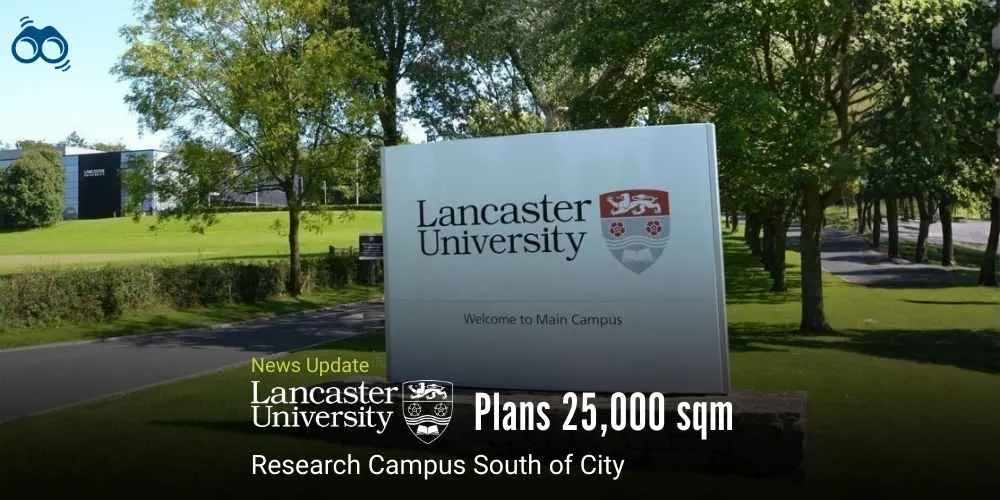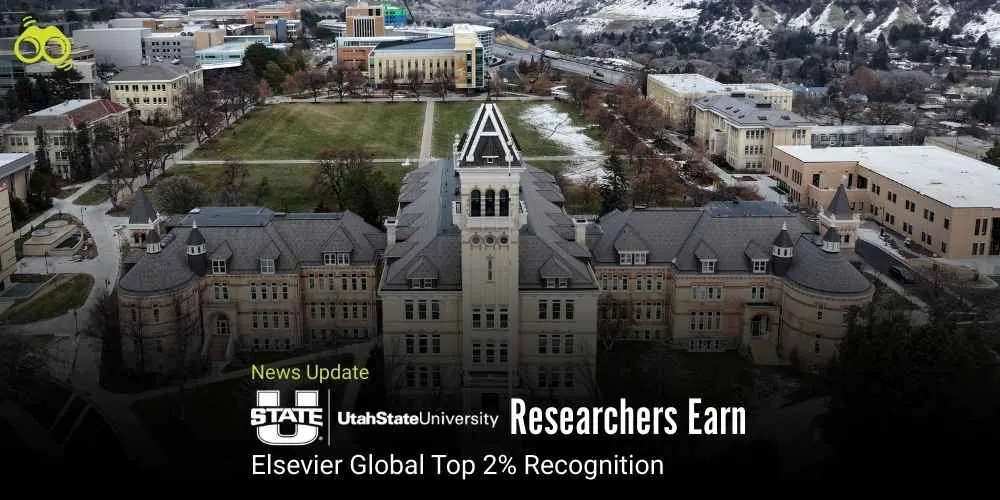Withholding Tax Refunds & Garnishing Wages: U.S. Enforces Student Loan Recovery
Advocates Urge Fairer Policies as Federal Student Loan Collections Resume
After five years of relief, millions of American borrowers are now facing the resumption of collections on defaulted federal student loans, as announced by the U.S. Department of Education. Starting May 5, individuals who benefited from the COVID-19 pause may experience wage garnishment, withheld tax refunds, and reduced federal benefits. With over five million Americans potentially affected, this decision represents a significant shift in federal policy, raising concerns about financial stability and economic recovery. Borrowers will receive a 30-day notice before wage garnishment is implemented, as the government reinstates its Treasury Department offset program to recover unpaid debts.
Education Secretary Linda McMahon emphasised that taxpayers should not bear the burden of flawed student loan policies. She stated that restarting collections, in coordination with the Treasury Department, aims to restore financial accountability among borrowers and support national economic stability. Although pandemic-era student loan relief officially ended in October 2024, confusion persists among borrowers. The pause, initially introduced by President Trump in March 2020 and extended multiple times by President Biden, has gradually been lifted. However, officials noted that many borrowers still struggle to navigate the repayment process.
The U.S. Department of Education reported that approximately 5.3 million borrowers are in default, while another 4 million are 91 to 180 days behind on payments. Alarmingly, only 40% of federal borrowers are currently up to date. Advocacy groups have expressed concerns about the timing and fairness of this decision. Kristin McGuire, head of Young Invincibles, highlighted staff cuts at the Federal Student Aid office as a contributing factor, noting that many borrowers are not intentionally avoiding payments but are either unable to afford them or unaware of how to manage the repayment process.
Critics, including borrower advocacy groups, have labelled the decision to resume collections as poorly timed and unjust. Mike Pierce, executive director of the Student Borrower Protection Centre, described the move as “cruel and unnecessary,” warning that it could exacerbate financial hardship for working families. Advocacy groups have also pointed to inflation and federal job cuts as reasons to delay the decision, arguing that many Americans are already grappling with economic uncertainty.
Experts recommend loan rehabilitation as a one-time opportunity for borrowers to resolve their default status and avoid wage garnishment. Betsy Mayotte, president of The Institute for Student Loan Advisors, explained that borrowers can regain good standing by making nine on-time monthly payments. To enrol, borrowers must contact their loan servicer and provide proof of income and expenses. However, this option is available only once per borrower. President Biden has cancelled over $183 billion in student loan debt, benefiting more than five million borrowers. Nevertheless, his broader forgiveness plan was blocked by the U.S. Supreme Court. In response, the administration introduced the SAVE Plan, which bases payments on income. Despite its potential benefits, the plan has faced setbacks, including a February court ruling that temporarily halted parts of it, leading to confusion among borrowers.
The Education Department plans to begin emailing defaulted borrowers within two weeks, with formal wage garnishment notices expected by summer. Amid criticism, Education Secretary Linda McMahon defended the decision, asserting that the department, in collaboration with the Treasury, seeks to manage the loan program responsibly. She stressed that helping borrowers resume payments is essential for both personal financial stability and the nation’s economic health. The resumption of student loan collections underscores the need for borrowers to stay informed and proactive in managing their repayment obligations, while advocacy groups continue to push for fairer policies to support struggling Americans.
Editor's Note:
The U.S. Department of Education’s decision to restart collections on defaulted federal student loans marks a significant shift in the country’s approach to student debt. While ensuring financial responsibility is important, the sudden return of measures like wage garnishment, tax refund withholding, and deductions from federal benefits may push many borrowers into deeper financial trouble. Millions of Americans who depended on pandemic-related relief now face renewed uncertainty as loan repayment enforcement increases. Critics argue that this policy change places an unfair burden on working families already facing rising costs and economic pressure. As the government works to restore fiscal discipline, it must also focus on creating fair and accessible repayment solutions. Instead of relying solely on strict enforcement, there is a need for supportive policies that guide borrowers toward financial recovery without increasing their hardship.
Skoobuzz believes that a balanced approach is essential one that upholds financial accountability while offering clear, compassionate pathways for borrowers to repay their loans without falling deeper into hardship.














0 Comments (Please Login To Continue)